Home>Dining>Tableware>What Materials Did Yupiks Use To Make Serving Dishes?
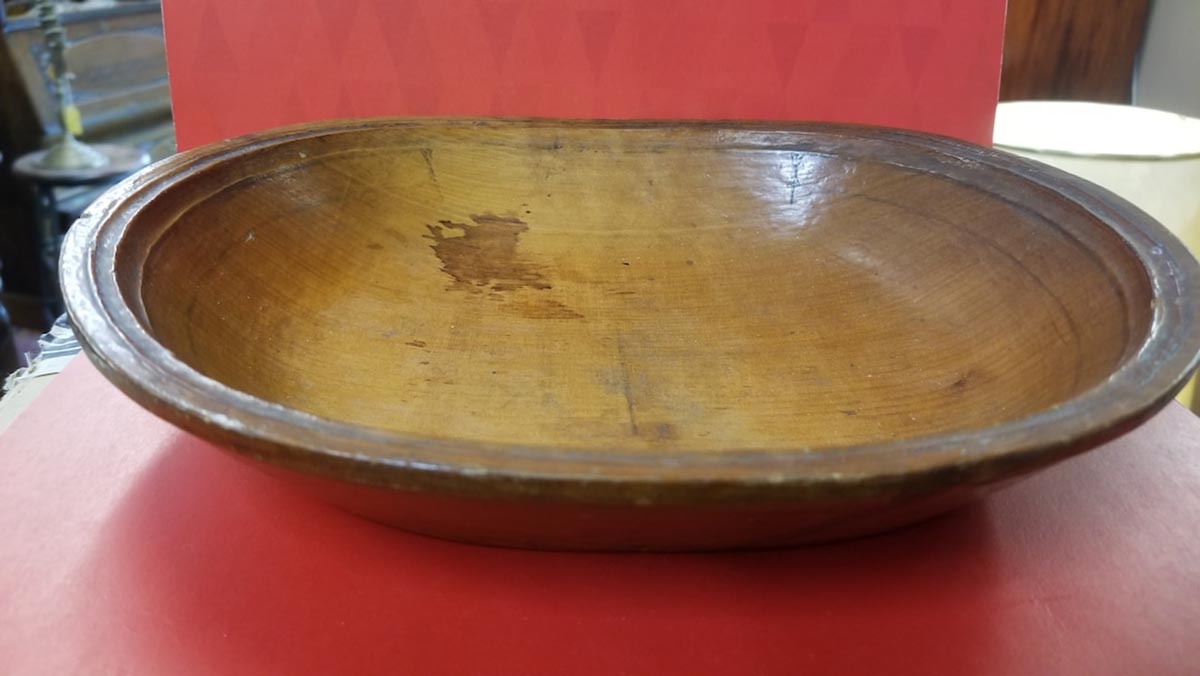

Tableware
What Materials Did Yupiks Use To Make Serving Dishes?
Modified: January 4, 2024
Discover the traditional materials used by Yupiks to craft exquisite serving dishes. Explore the rich history of tableware made from natural resources, showcasing their unique cultural heritage.
(Many of the links in this article redirect to a specific reviewed product. Your purchase of these products through affiliate links helps to generate commission for Storables.com, at no extra cost. Learn more)
Introduction
Welcome to the world of tableware and the fascinating traditions of the Yupik people. In this article, we will dive deep into the materials used by the Yupiks to make their serving dishes, uncovering the rich cultural heritage behind their craft. Serving dishes play a significant role in the Yupik culture, as they not only serve a functional purpose but also represent the artistic skills and traditions passed down through generations.
The Yupik people are indigenous to the coastal regions of Alaska and Siberia. They have a strong connection to nature and rely on the natural resources of their environment for sustenance and cultural expression. The traditional way of life for the Yupiks involves hunting, fishing, and crafting tools and utensils to support their daily activities. Tableware, including serving dishes, is an essential part of their cultural practices and ceremonies.
Yupik serving dishes are meticulously crafted with attention to detail and artistic flair. These dishes are often used for communal gatherings and special occasions, where they showcase the skill and creativity of the Yupik artisans. The materials used for making these dishes are carefully chosen to ensure durability, functionality, and aesthetic appeal.
The Yupiks utilize a variety of raw materials found in their surroundings, including wood, bone, horn, and stone. These natural materials are not only readily available but also possess unique qualities that make them suitable for crafting serving dishes. The Yupik people have a profound respect for nature and believe that each material holds spiritual significance, adding a deeper meaning to their creations.
In the following sections, we will explore in detail the raw materials used by the Yupiks, the tools they use for crafting, and the techniques and decorative elements incorporated into their serving dishes. Join us on this journey as we uncover the beauty and cultural significance of Yupik tableware.
Key Takeaways:
- Yupik serving dishes are not just functional utensils; they are tangible expressions of gratitude to nature and ancestors, embodying the values of community, respect, and sustainability within the Yupik culture.
- The meticulous craftsmanship and artistic techniques used in creating Yupik serving dishes reflect the deep cultural significance and pride of the Yupik people, preserving their traditions and ancestral connections through exquisite works of art.
Read more: What Are Serving Dishes?
Yupik Culture and Traditions
The Yupik culture is rich in traditions and beliefs that have been passed down through generations. The Yupik people have a strong connection to their environment and depend on nature for their livelihood. They have a deep respect for the land, sea, and all living creatures, viewing them as interconnected and essential to their way of life.
Central to Yupik culture is the concept of community and the importance of sharing and cooperation. The Yupiks live in close-knit villages, where everyone works together to support one another. Communal activities such as fishing, hunting, and gathering are important practices that bring the community together.
Serving dishes hold a special place in Yupik culture and traditions. They are used during various communal activities and ceremonies, symbolizing the sharing of food and the strengthening of social bonds. The presentation of food in beautifully crafted serving dishes not only signifies the importance of the occasion but also showcases the artistic skills and craftsmanship of the Yupik artisans.
For the Yupik people, preparing and serving food is a way of showing respect and gratitude to the land and the animals that provide sustenance. It is a spiritual practice that is deeply rooted in their culture. Traditional meals often include locally sourced ingredients such as fish, game meat, berries, and various plants and roots found in the region. Serving dishes are carefully chosen and crafted to complement the food and enhance the overall dining experience.
Yupik culture is also characterized by storytelling and oral traditions. Elders play a vital role in passing down knowledge, stories, and skills to the younger generation. The art of crafting serving dishes is no exception—the techniques and designs are learned through apprenticeships and shared experiences.
The Yupik people take great pride in their cultural heritage and strive to preserve their traditions and customs. Creating and using traditional serving dishes not only keeps their cultural practices alive but also serves as a reminder of their connection to the land and their ancestors.
In the next sections, we will delve into the specific materials used by the Yupiks in crafting their serving dishes, exploring how they transform raw materials into unique and functional works of art.
Traditional Yupik Serving Dishes
Traditional Yupik serving dishes are not only functional utensils but also works of art that embody the cultural heritage of the Yupik people. These dishes are crafted with meticulous attention to detail, showcasing the artistic skills and craftsmanship of the Yupik artisans.
One of the most commonly used traditional serving dishes is the “yun’gicaraq,” which is a wooden bowl with a wide shallow shape. The shallow design allows for easy serving and mixing of food, while the wooden material provides a durable and natural surface for the dishes. The yun’gicaraq is often used for communal gatherings and special occasions, where it becomes a centerpiece for shared meals.
Another popular form of Yupik serving dish is the “unuq,” which is a skin or bark container used for storing and serving liquids or soupy dishes. The unuq is typically made from animal hides or tree barks and is tightly sewn to ensure that liquids do not leak. The natural materials used in its construction also help maintain the temperature of the liquids, keeping them warm or cool as needed.
The “masruk” is yet another type of serving dish commonly found in Yupik culture. It is a shallow, rectangular wooden tray with raised edges. The masruk is often used for serving dried fish, berries, or other small food items. Its design allows for easy transportation and presentation of food items, making it a versatile and practical serving dish.
Each serving dish is carefully crafted with a specific purpose in mind, and the design and size of the dish may vary depending on the intended use. The Yupik people have a deep understanding of the functionality and practicality of these dishes, ensuring that they serve their purpose effectively.
Yupik serving dishes are not only functional but also aesthetically pleasing. They are often adorned with intricate designs, carvings, and decorative elements that reflect the natural world and the cultural motifs of the Yupik people. These embellishments not only add an artistic touch but also carry symbolic meanings and stories that are passed down through generations.
Through their traditional serving dishes, the Yupik people celebrate their cultural heritage and express their connection to the land and the resources it provides. These dishes are a testament to the skill and creativity of the Yupik artisans and serve as a reminder of the importance of community, sharing, and respect for the natural world.
In the next section, we will explore the raw materials used by the Yupiks in creating their exquisite serving dishes.
Raw Materials Used by Yupiks
The Yupik people have a deep appreciation for the natural resources found in their surroundings, which they utilize to create their traditional serving dishes. The raw materials chosen for crafting these dishes are carefully selected for their durability, functionality, and cultural significance.
Wood is one of the primary materials used by the Yupiks. They often harvest trees such as spruce and birch, which are abundant in their region. These woods are known for their strength and resistance to cracking, making them ideal for creating sturdy and long-lasting serving dishes. Different types of wood are used for different purposes – softer woods may be utilized for items like spoons, while harder woods are preferred for bowls and trays.
Animal materials also play an essential role in the creation of Yupik serving dishes. Bones and antlers are used to make handles for utensils or for decorative accents on the dishes. The bones of sea mammals, such as walrus or seal, are particularly valued for their strength and texture. Carving intricate designs into bone is a skill passed down through generations, resulting in exquisite and unique serving dish decorations.
Animal skins and furs are utilized for making containers or lids for serving dishes. The Yupik people are skilled hunters and rely on animals for food and various other resources. The hides and furs are carefully treated and sewn together to create watertight containers for storing and serving liquids or soupy dishes.
The Yupiks also incorporate natural fibers, such as grasses and plant materials, into their serving dishes. These materials are often used for crafting intricate weaves or for creating decorative elements on the dishes. The use of natural fibers adds a touch of elegance and highlights the Yupik people’s ingenuity in utilizing resources from their environment.
In addition to these primary materials, the Yupik people also incorporate other natural resources into their serving dishes. These can include stones, shells, and berries, which are used for decorative purposes or as dyes to enhance the visual appeal of the dishes.
It is important to note that the Yupiks have a deep respect for the environment and practice responsible and sustainable harvesting of these materials. They understand the delicate balance between utilizing natural resources and preserving them for future generations.
With an array of raw materials at their disposal, the Yupik artisans create serving dishes that not only serve a functional purpose but also showcase the beauty and richness of their culture. In the next section, we will explore the tools used in the creation of these exquisite dishes.
Tools Used for Making Serving Dishes
The creation of Yupik serving dishes involves a range of specialized tools that enable the artisans to shape, carve, and refine the raw materials into functional and visually appealing pieces. These tools have been passed down through generations and are essential for bringing the artisans’ visions to life.
One of the primary tools used by Yupik artisans is the “ulu,” a traditional Yupik knife. The ulu has a unique crescent-shaped blade and a handle that allows for precise control and maneuverability. This versatile tool is used for a variety of tasks, such as shaping wood, trimming hides, and carving intricate designs on bone or antler. The ulu is considered a symbol of the Yupik people’s ingenuity and resourcefulness, and it plays a central role in the creation of their serving dishes.
In addition to the ulu, Yupik artisans also use a variety of carving tools to shape and refine the materials. These can include gouges, chisels, and knives of different sizes and shapes. These tools help the artisans create intricate details, such as decorative patterns or textured surfaces, on the serving dishes. The sharp edges and precise cuts achieved with these tools contribute to the overall quality and craftsmanship of the finished pieces.
For working with animal hides, the Yupiks use specialized tools such as “beaming tools” and scrapers. Beaming tools are used to stretch and smooth the hides, while scrapers help remove excess fat and flesh from the hides. These tools are essential for preparing the animal skins, ensuring they are suitable for creating watertight containers or lids for serving dishes.
The Yupik artisans also rely on various types of sandpaper, files, and polishing stones to refine and polish the surfaces of the serving dishes. These tools enable the artisans to achieve smooth and even finishes, enhancing the aesthetics and functionality of the final products.
It’s important to note that while some traditional tools are still used today, modern tools and equipment, such as electric sanders or power tools, may also be incorporated to simplify and expedite certain aspects of the crafting process. However, the fundamental techniques and craftsmanship remain rooted in tradition and are passed down from one generation to another.
The tools used by Yupik artisans reflect their deep knowledge and expertise in working with different materials. Through these tools, they are able to transform raw materials into intricate and functional serving dishes that showcase the beauty of the Yupik culture.
In the next section, we will explore the techniques used by Yupik artisans to create their exquisite serving dishes.
Yupiks used a variety of materials to make serving dishes, including wood, bone, ivory, and grasses. These materials were readily available in their environment and were crafted into functional and decorative items for serving food.
Techniques for Dish Creation
The creation of Yupik serving dishes involves a combination of traditional techniques and artistic craftsmanship. These techniques have been passed down through generations and are integral to the creation of functional and visually appealing dishes.
Carving is one of the primary techniques used by Yupik artisans. Whether it’s shaping wood, bone, or antler, carving allows the artisans to bring their designs to life. Using tools such as ulus, chisels, and knives, the artisans skillfully remove material to create intricate patterns, textures, and decorative elements on the serving dishes. The carving process requires precision and attention to detail, as every cut contributes to the final design.
Weaving is another important technique utilized by the Yupik people. Natural fibers such as grasses and plant materials are woven together to create intricate patterns or to form the base of containers or lids. The weaving technique requires patience and a meticulous eye for detail to ensure a tight and durable weave. This technique adds a touch of elegance and showcases the resourcefulness of the Yupik artisans.
Joinery is employed when creating wooden serving dishes. The artisans use traditional woodworking techniques to fit pieces of wood together seamlessly, ensuring stability and durability. Joints such as dovetails or mortise and tenon are used to strengthen the structure of the dishes and prevent them from coming apart over time. Joinery is a skill that requires precision and mastery to achieve a flawless and secure fit.
The Yupik artisans also employ various surface treatments to enhance the aesthetic appeal of the serving dishes. These treatments can include staining, dyeing, painting, or etching intricate designs onto the surface. Natural dyes made from berries or other plant materials are often used to add vibrant colors to the dishes. The surface treatments are carefully chosen to complement the overall design and showcase the artistry of the Yupik artisans.
The techniques used for creating Yupik serving dishes require a deep understanding of the materials and their properties. The artisans’ knowledge and expertise enable them to transform raw materials into unique and functional works of art that represent the cultural heritage of the Yupik people.
Next, we will explore the decorative elements incorporated into Yupik serving dishes, which add an extra layer of beauty and meaning to these exceptional creations.
Decorative Elements in Yupik Serving Dishes
Yupik serving dishes are not only functional utensils but also works of art that showcase the creativity and cultural significance of the Yupik people. One of the distinguishing features of these dishes is the incorporation of intricate decorative elements.
Carvings are a prominent decorative element in Yupik serving dishes. Artisans use their carving skills to create intricate patterns, motifs, and designs on wooden, bone, or antler surfaces. These carvings often depict animals, plants, or traditional symbols that hold deep cultural meaning. Each carving tells a story and reflects the connection between the Yupik people and their natural environment.
In addition to carvings, the serving dishes may also feature inlaid elements made from contrasting materials such as bone, horn, or stone. These inlays add visual interest and depth to the design, creating a striking contrast against the main material of the dish. Inlay work requires precision and meticulous craftsmanship to ensure a seamless integration of materials.
Textiles and weaving techniques are another common decorative element in Yupik serving dishes. Natural fibers such as grasses or plant materials are skillfully woven into intricate patterns, often forming handles, lids, or decorative accents on the dish. The woven designs represent the Yupik people’s connection to nature and their expertise in working with natural materials.
Painting and staining are also used to embellish Yupik serving dishes. Natural dyes made from berries or other plant materials are applied to the surface, adding vibrant colors and enhancing the overall aesthetic appeal. These painted or stained designs can range from simple geometric patterns to more complex motifs that reflect cultural symbolism and personal expression.
The decorative elements in Yupik serving dishes are not merely superficial adornments. They carry deep cultural meaning and serve as a means of storytelling and preserving the traditions of the Yupik people. Each decorative element tells a story, symbolizes connections to the natural world, or honors ancestral knowledge.
The incorporation of these decorative elements is a testament to the artistic skills and creativity of the Yupik artisans. Through their work, they celebrate their cultural heritage and ensure that it continues to thrive.
In the next section, we will explore the significance of serving dishes in Yupik culture and their role in community gatherings and ceremonies.
Significance of Serving Dishes in Yupik Culture
Serving dishes hold great significance in Yupik culture, playing a vital role in community gatherings, ceremonial events, and daily life. They embody the values, traditions, and connections that are deeply rooted in the Yupik people’s way of life.
At the heart of Yupik culture is the importance of community and sharing. Serving dishes are used during communal meals and feasts, where food is prepared and served to bring people together. By using these dishes, the Yupik people emphasize the importance of communal connections, fostering a sense of unity and togetherness.
Yupik serving dishes also play an essential role in ceremonial events and celebrations. Special occasions, such as weddings, coming-of-age ceremonies, or honoring ancestral spirits, are marked by the presence of beautifully crafted serving dishes. These dishes serve as a symbol of respect and gratitude to the land, the animals, and the ancestors who provide sustenance and blessings to the Yupik people.
The presentation of food in these meticulously crafted dishes is a form of respect and honor. It showcases the abundance and generosity of nature, as well as the skill and craftsmanship of the Yupik artisans. The dishes become a centerpiece of the dining experience, a focal point that draws attention to the importance of the occasion and the gatherings that take place around the shared meal.
In Yupik culture, serving dishes are also passed down through generations, becoming cherished family heirlooms. They carry memories, stories, and ancestral connections. The passing on of these dishes from one generation to another reinforces the strong ties to tradition and serves as a reminder of the cultural heritage and values that are held dear.
Through the act of using and creating serving dishes, the Yupik people express their gratitude for the resources provided by the land and sea. They highlight the importance of sustainability, responsible harvesting, and preserving the delicate balance between human needs and the natural environment.
Serving dishes in Yupik culture are not solely functional objects; they are tangible expressions of the Yupik people’s identity, connection to nature, and commitment to their traditions. They embody the values of community, respect, and gratitude, weaving together the threads of past, present, and future.
As we conclude this exploration of Yupik serving dishes, it is evident that these exquisite pieces of tableware hold deep cultural significance and represent the pride, creativity, and sense of belonging within the Yupik community.
Conclusion
Exploring the world of Yupik serving dishes has provided us with a glimpse into the rich cultural heritage and artistic traditions of the Yupik people. Through their meticulous craftsmanship, the Yupik artisans transform raw materials into functional and visually stunning works of art that represent their deep connection to nature, community, and ancestral knowledge.
Yupik serving dishes hold great significance in the culture and traditions of the Yupik people. They symbolize the importance of community, sharing, and togetherness. These dishes are used to bring people together during communal gatherings, where food is prepared and served with utmost care and respect.
These dishes also play a vital role in ceremonial events, marking special occasions and honoring ancestral spirits. They serve as a tangible expression of gratitude to nature and the ancestors, showcasing the abundance and blessings provided by the land and sea.
The materials used in crafting these dishes are carefully selected from the environment, highlighting the Yupik people’s deep respect for nature and sustainable practices. Wood, bone, antler, animal hides, and natural fibers are masterfully transformed into functional and aesthetically pleasing serving dishes that reflect the Yupik way of life.
The craftsmanship and techniques employed by Yupik artisans, such as carving, weaving, and inlay work, demonstrate their artistic skills and creativity. Every serving dish is a unique piece of art that tells stories, symbolizes connections to the natural world, and represents the pride and cultural identity of the Yupik people.
As these serving dishes are passed down through generations, they become treasured family heirlooms, embodying the values and traditions that are deeply rooted in Yupik culture. Each dish holds memories and ancestral connections, ensuring the preservation and continuation of the Yupik way of life.
In conclusion, Yupik serving dishes are not just utensils; they are powerful symbols of community, respect, and gratitude. They bridge the gap between past and present, connecting the Yupik people to their cultural heritage and ancestral traditions. These exceptional works of art embody the beauty, resilience, and ingenuity of the Yupik people, and they serve as a reminder of the importance of preserving and celebrating diverse cultural practices.
Frequently Asked Questions about What Materials Did Yupiks Use To Make Serving Dishes?
Was this page helpful?
At Storables.com, we guarantee accurate and reliable information. Our content, validated by Expert Board Contributors, is crafted following stringent Editorial Policies. We're committed to providing you with well-researched, expert-backed insights for all your informational needs.
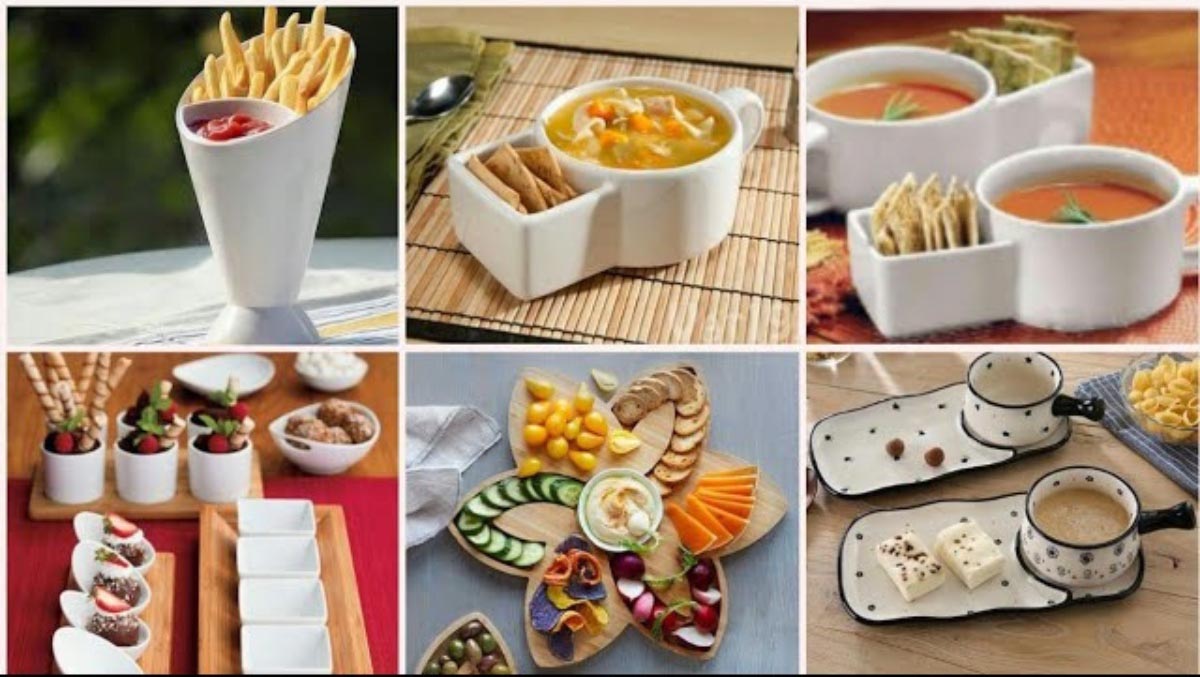

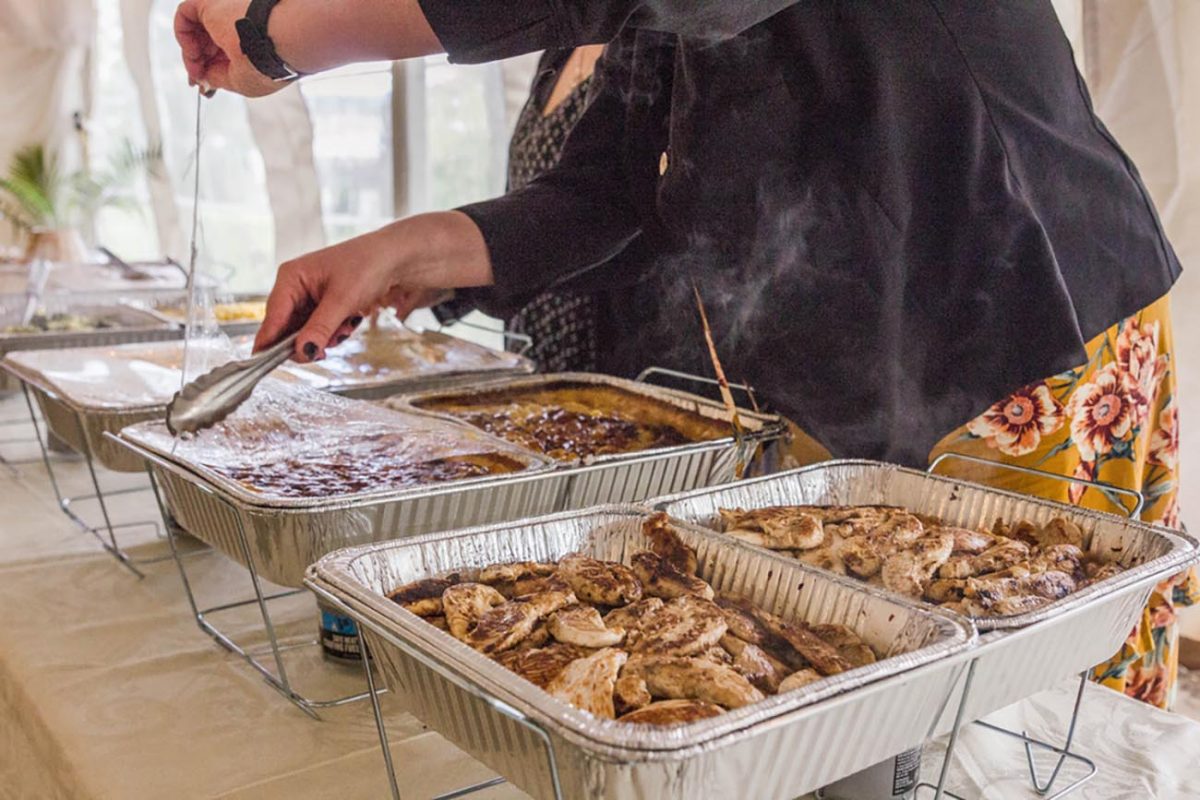

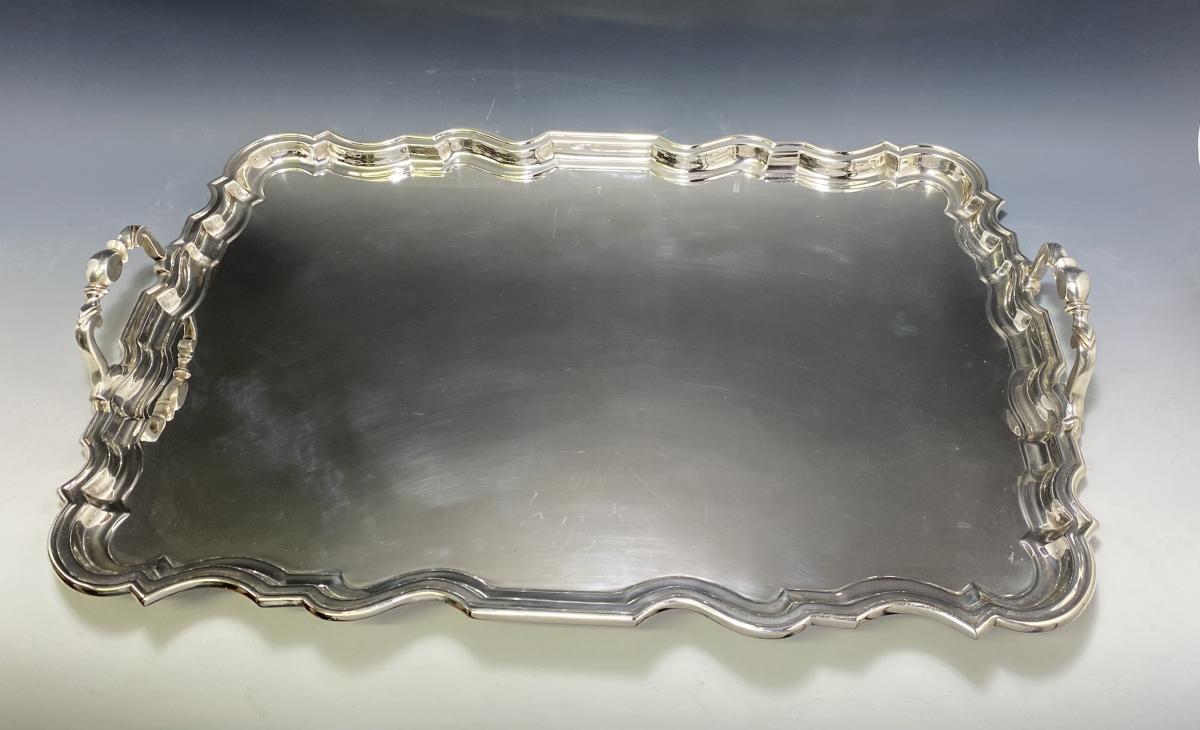

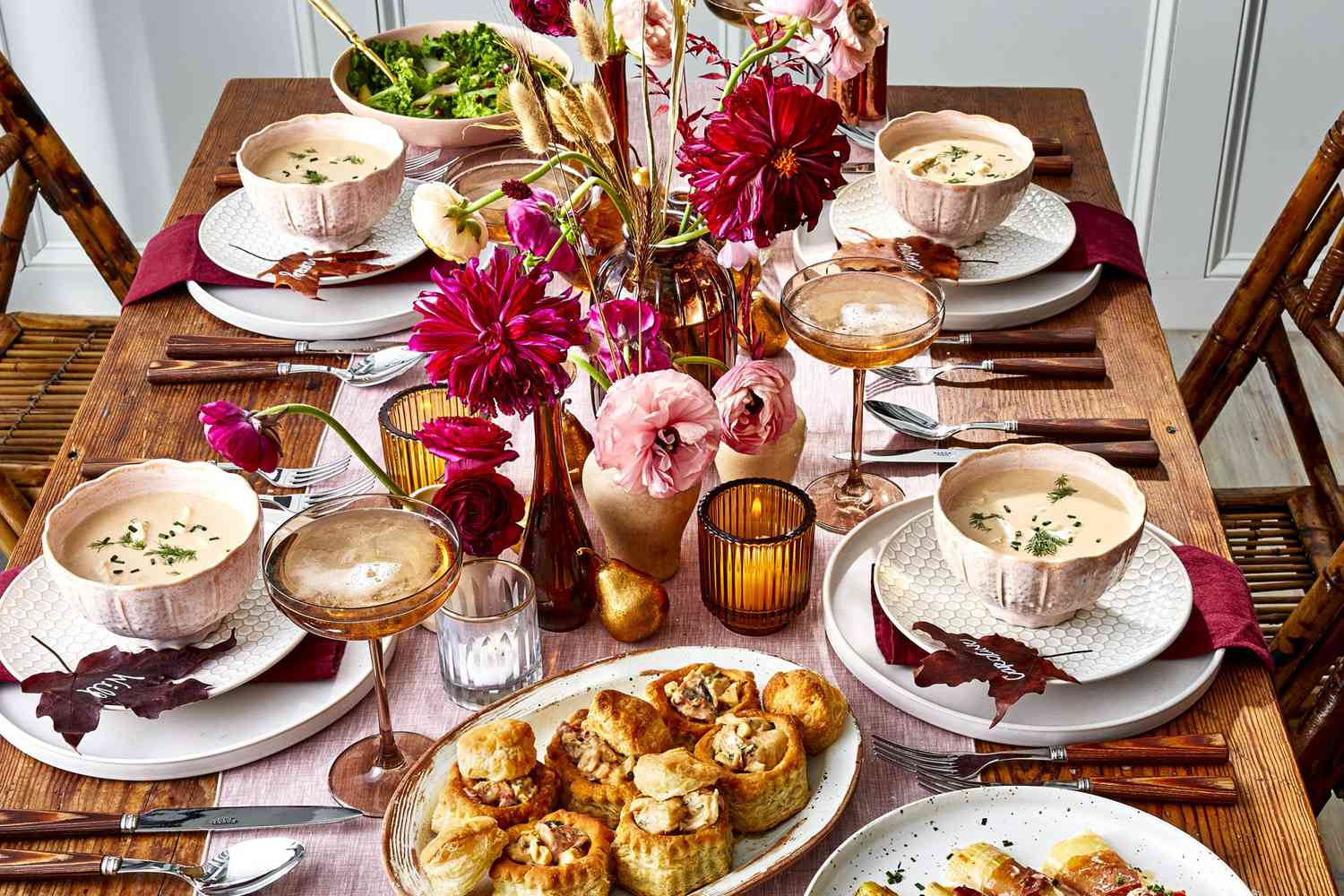

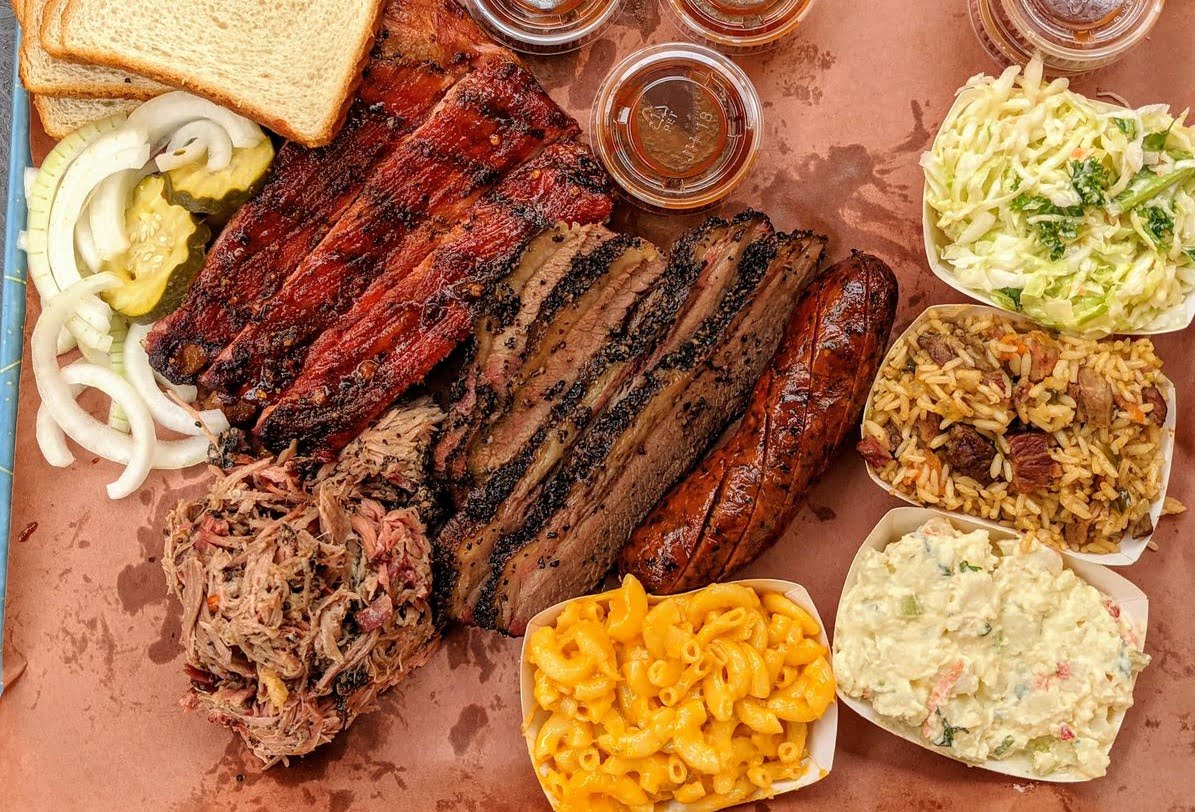
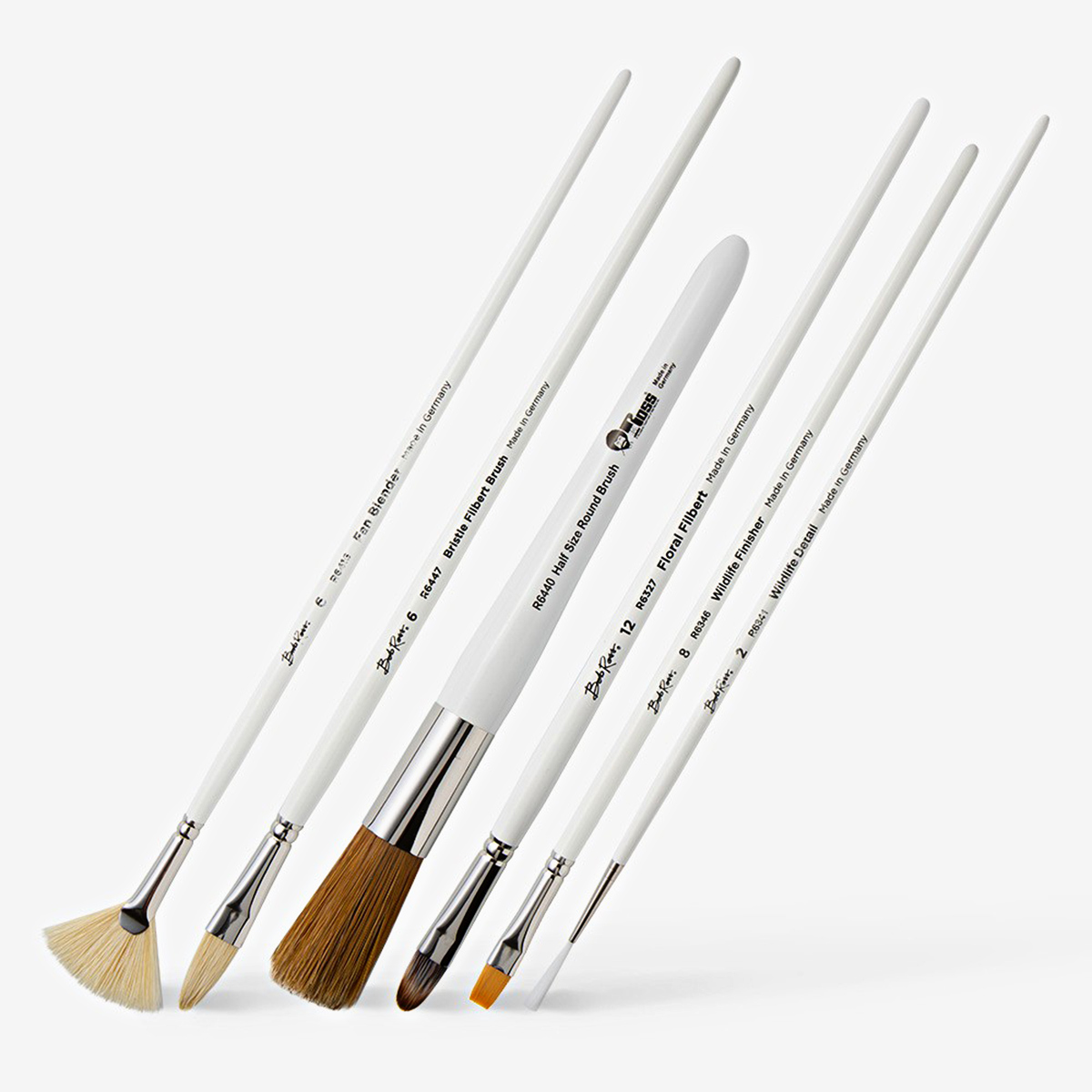
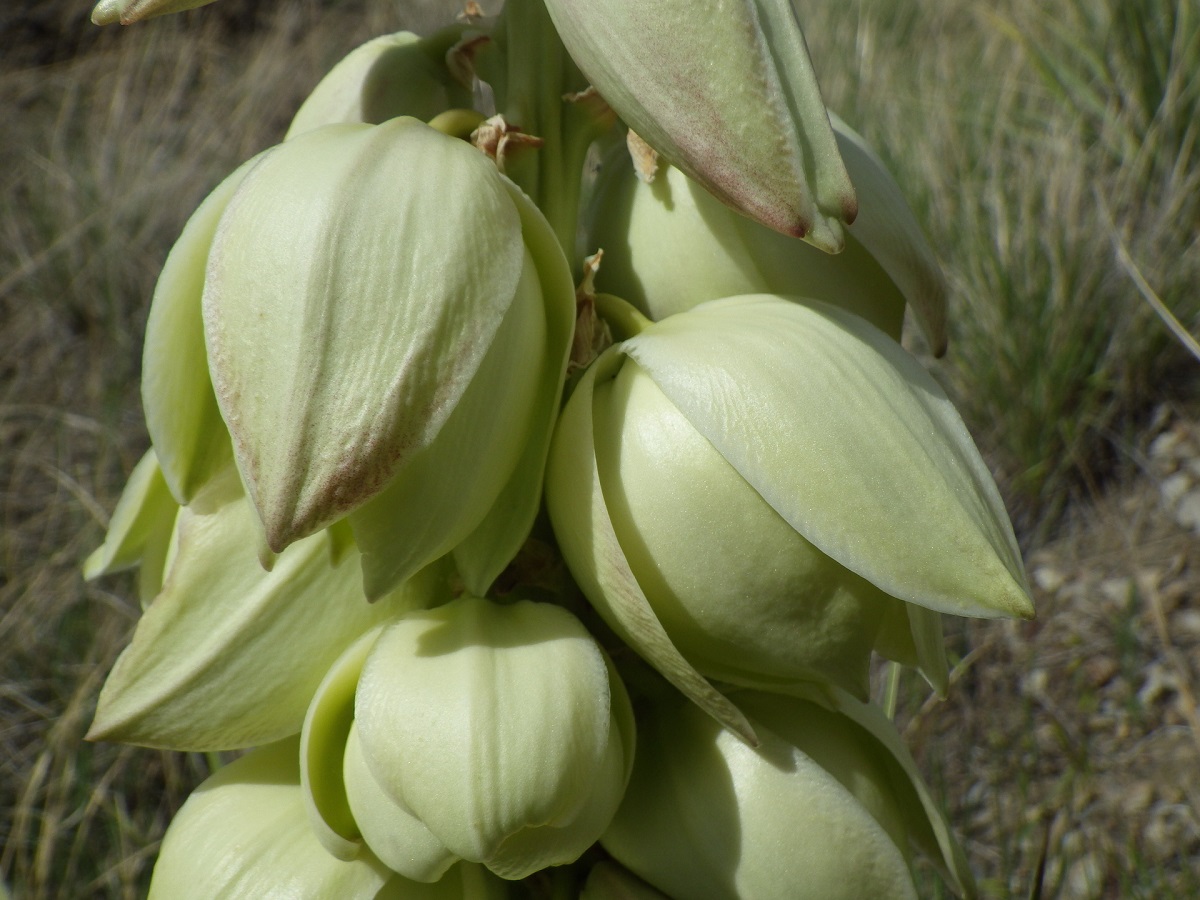




0 thoughts on “What Materials Did Yupiks Use To Make Serving Dishes?”